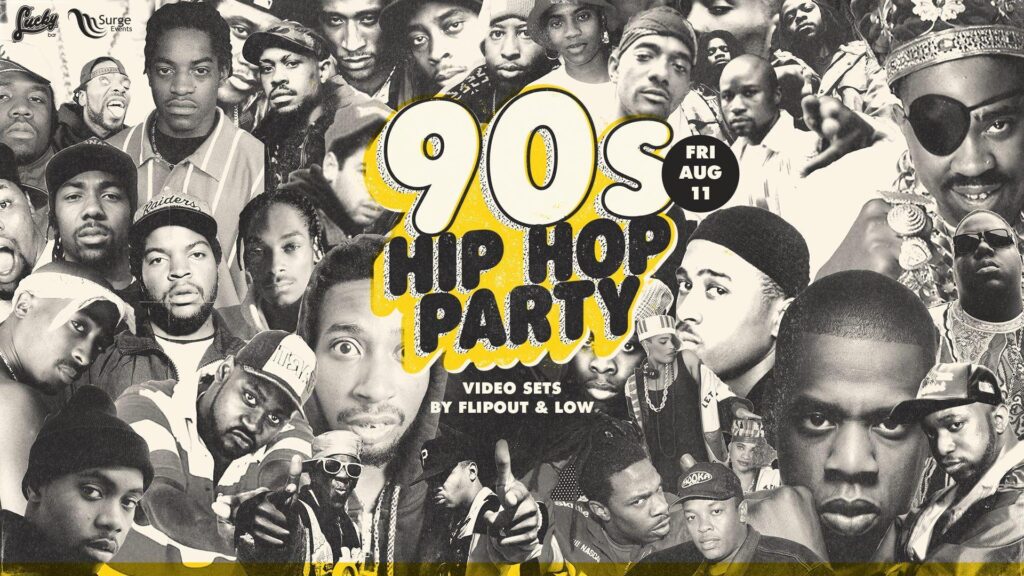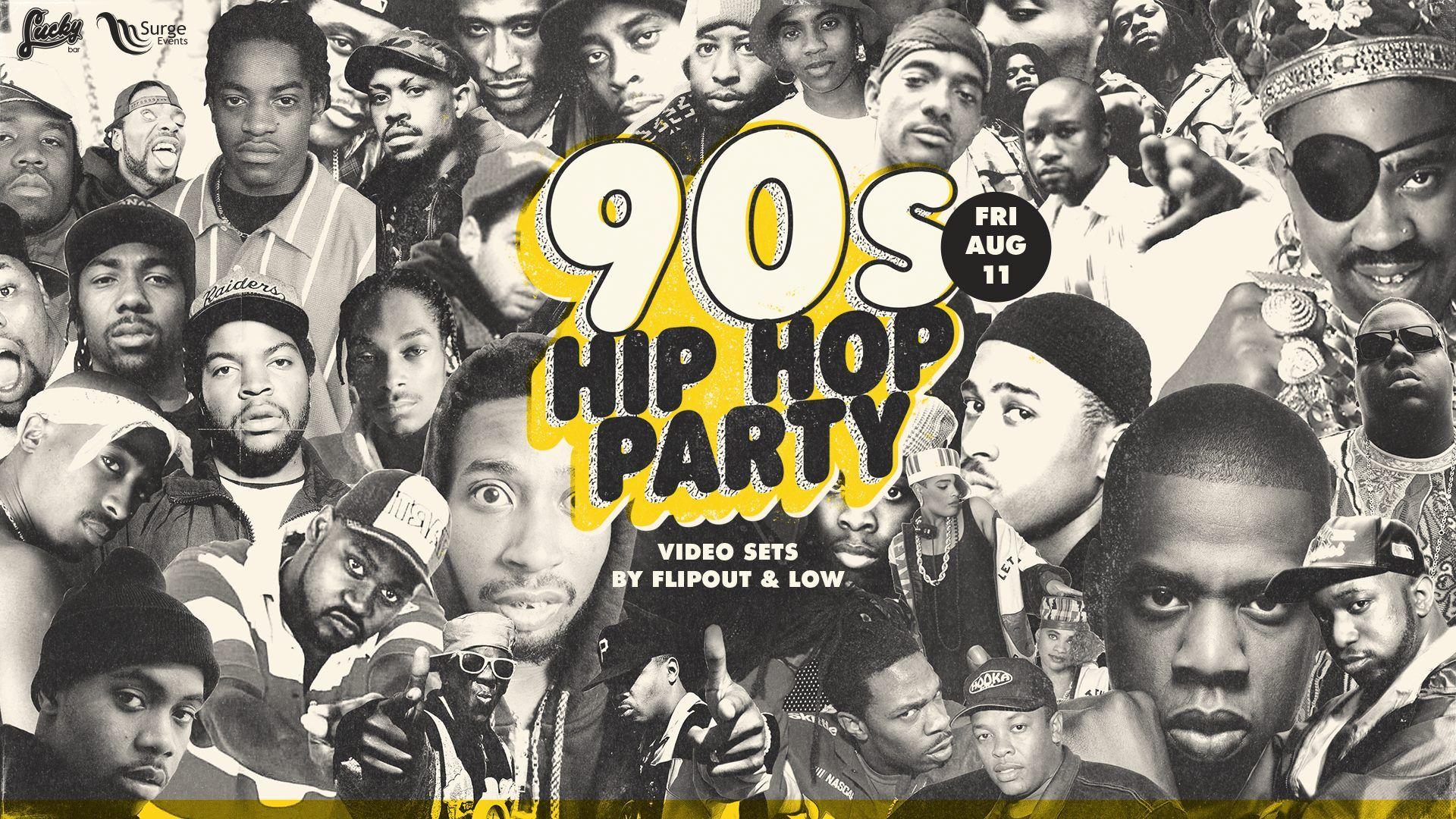
The Great 90s Hip Hop: A Golden Era Retrospective
The 1990s are often hailed as the golden era of hip hop. A decade brimming with innovation, lyrical prowess, and groundbreaking beats, the great 90s hip hop scene shaped the soundscape of popular music and left an indelible mark on culture. From the East Coast boom-bap to the West Coast G-funk and the emergence of Southern rap, the 90s offered a diverse and dynamic landscape that continues to influence artists today. This article delves into the key artists, albums, and trends that defined this monumental period in hip hop history.
East Coast Renaissance
The East Coast maintained its prominence in the great 90s hip hop scene, with New York City remaining a central hub. Artists like Nas, The Notorious B.I.G., and Wu-Tang Clan dominated the airwaves and critical acclaim. Nas’s 1994 debut album, Illmatic, is widely considered a masterpiece, showcasing his intricate storytelling and vivid portrayal of life in Queensbridge. The album’s production, featuring legendary producers like DJ Premier, Pete Rock, and Q-Tip, set a new standard for hip hop soundscapes. [See also: Nas’s Enduring Influence on Hip Hop]
The Notorious B.I.G., also known as Biggie Smalls, emerged as another iconic figure. His smooth flow, charismatic personality, and street-savvy lyrics captivated audiences. Albums like Ready to Die and Life After Death solidified his status as one of the greatest rappers of all time. His impact on great 90s hip hop is undeniable.
Wu-Tang Clan, a collective of nine rappers from Staten Island, revolutionized the genre with their unique blend of martial arts influences, gritty street narratives, and complex rhyme schemes. Their debut album, Enter the Wu-Tang (36 Chambers), became an instant classic and launched the solo careers of members like Raekwon, Ghostface Killah, and Method Man. The Wu-Tang Clan’s influence on production techniques and group dynamics is still felt today.
Notable East Coast Albums
- Illmatic – Nas
- Ready to Die – The Notorious B.I.G.
- Enter the Wu-Tang (36 Chambers) – Wu-Tang Clan
- Reasonable Doubt – Jay-Z
- The Sun Rises in the East – Jeru the Damaja
West Coast G-Funk Dominance
While the East Coast was thriving, the West Coast was forging its own distinct sound. G-funk, characterized by its laid-back grooves, funky basslines, and melodic synthesizers, became the signature sound of great 90s hip hop on the West Coast. Dr. Dre’s 1992 album, The Chronic, is widely credited with popularizing G-funk and launching the careers of Snoop Dogg and other West Coast artists. The album’s smooth production and gangsta rap themes resonated with audiences and established Dr. Dre as a leading figure in hip hop.
Snoop Dogg’s debut album, Doggystyle, further solidified the dominance of G-funk. His laid-back delivery, witty lyrics, and charismatic persona made him a superstar. The album’s success helped to solidify the West Coast as a major force in hip hop. The great 90s hip hop wouldn’t be complete without mentioning Snoop Dogg.
Other notable West Coast artists of the era include Ice Cube, who continued to push boundaries with his politically charged lyrics and uncompromising attitude. His solo albums, such as AmeriKKKa’s Most Wanted and Death Certificate, addressed issues of race, poverty, and police brutality. [See also: The Evolution of Gangsta Rap]
Notable West Coast Albums
- The Chronic – Dr. Dre
- Doggystyle – Snoop Dogg
- AmeriKKKa’s Most Wanted – Ice Cube
- Me Against the World – 2Pac
- All Eyez on Me – 2Pac
The Rise of Southern Hip Hop
The great 90s hip hop scene also witnessed the emergence of Southern hip hop, which had long been overlooked by the mainstream. Artists like OutKast, UGK, and Goodie Mob began to develop their own unique styles, blending elements of funk, soul, and blues with their Southern drawls and lyrical storytelling. OutKast’s 1994 debut album, Southernplayalisticadillacmuzik, introduced the world to their innovative sound and distinctive personalities. The album helped to put Atlanta on the map as a hip hop hotspot.
UGK, consisting of Pimp C and Bun B, brought a raw and gritty perspective to Southern hip hop. Their albums, such as Too Hard to Swallow and Ridin’ Dirty, showcased their lyrical dexterity and unflinching portrayal of life in Port Arthur, Texas. Goodie Mob, another Atlanta-based group, explored themes of spirituality, social consciousness, and Southern identity in their music. Their debut album, Soul Food, is considered a classic of the Southern hip hop genre.
Notable Southern Albums
- Southernplayalisticadillacmuzik – OutKast
- Ridin’ Dirty – UGK
- Soul Food – Goodie Mob
- ATLiens – OutKast
- Aquemini – OutKast
Key Trends and Innovations
The great 90s hip hop era was marked by several key trends and innovations. The rise of independent labels, such as Rawkus Records and Loud Records, provided a platform for underground artists and helped to diversify the sound of hip hop. The use of sampling became more sophisticated, with producers incorporating a wider range of musical genres into their beats. Lyrical complexity and storytelling also reached new heights, with rappers like Nas and Biggie Smalls pushing the boundaries of the art form.
The 90s also saw the emergence of alternative hip hop, which challenged the conventions of mainstream rap. Artists like A Tribe Called Quest, De La Soul, and The Pharcyde brought a more introspective and experimental approach to their music. A Tribe Called Quest’s The Low End Theory is considered a landmark album of the alternative hip hop genre. [See also: The Evolution of Hip Hop Lyrics]
The Legacy of 90s Hip Hop
The legacy of great 90s hip hop continues to resonate today. The artists and albums of this era have inspired countless musicians and shaped the sound of contemporary hip hop. The 90s also laid the groundwork for the commercial success of hip hop, paving the way for the genre to become a global phenomenon. The influence of great 90s hip hop can still be heard in popular music today.
From the lyrical prowess of Nas to the G-funk grooves of Dr. Dre and the Southern sounds of OutKast, the 90s offered a diverse and dynamic landscape that continues to captivate audiences. The great 90s hip hop era will forever be remembered as a golden age of innovation, creativity, and cultural impact. Revisiting this era reminds us of the power of music to reflect and shape society.
Reflecting on the great 90s hip hop scene also highlights the importance of regional diversity. Each coast, and the South, brought unique flavors and perspectives to the table, enriching the genre as a whole. This collaborative spirit, even amidst rivalries, fostered a period of unprecedented creativity. The great 90s hip hop is a testament to the power of artistic expression.
In conclusion, the great 90s hip hop era remains a pivotal moment in music history. Its impact on culture, style, and lyrical content is undeniable. It’s a period worth revisiting and celebrating for its sheer brilliance and lasting influence. The great 90s hip hop continues to inspire and influence generations of artists and fans alike. The great 90s hip hop, a truly golden era.
